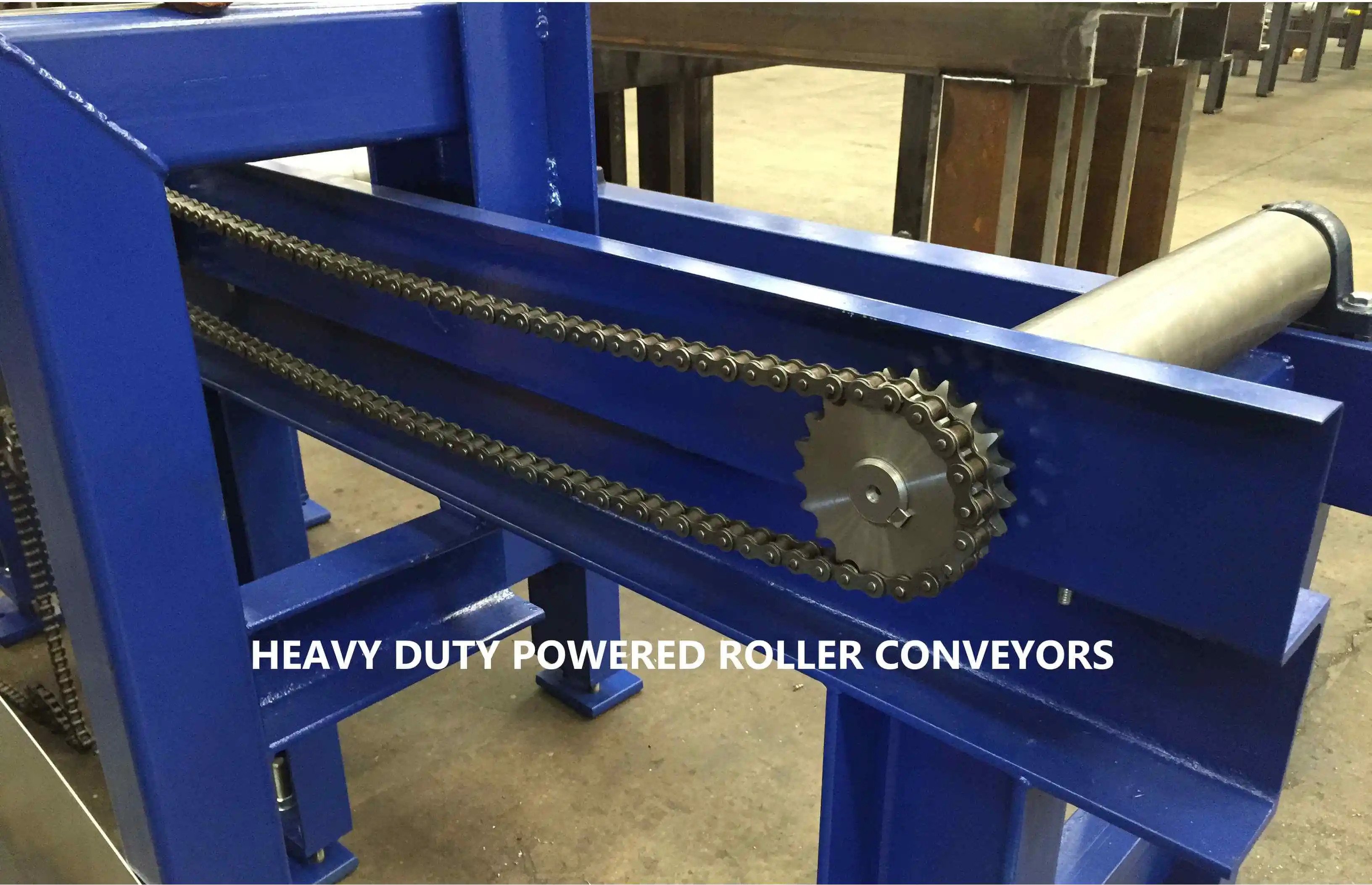When it comes to sawing, often the slowest part is actually loading and unloading the machine with stock lengths and cut pieces of material. With this thought in mind, Prosaw offers the following as a guide to selecting the optimal material handling solution, focusing on stillage arms, cross transfers and powered conveyors.
The addition of fabrication side stillage arms to an infeed conveyor will hold additional stock lengths to allow easy loading of a machine by its operator. From small sections through to large, heavy solid bars, introducing stillage arms means the machine can run for longer periods, avoiding the waiting time for a crane or forklift truck to load the machine.
A more powerful and automated solution is the cross transfer. This can be either of lift and carry configuration (lift the piece of material and carry it forward to the infeed conveyor) or the lower cost option of a drag system, which drags or pulls the material across nylon slide-ways and on to the conveyor.
The use of powered conveyors will take the hard work out of moving heavy material around the workshop. Conveyors designed and built by Prosaw use either tubular or, for heavier applications, solid rollers with bearing blocks. Heavy-duty chain and sprockets with variable speed motors provide easy positioning of material at the saw.
After sawing any material, often the bottleneck is the output side of the machine. One solution is again cross transfers, working in reverse as described previously. Another solution for round materials is a full-length pusher, which acts as a sweeper arm to roll the workpiece clear of the output conveyor. For rectangular and square material, an output table that tips or inclines by means of a pneumatic or hydraulic cylinder works well.
For further information www.prosaw.co.uk















